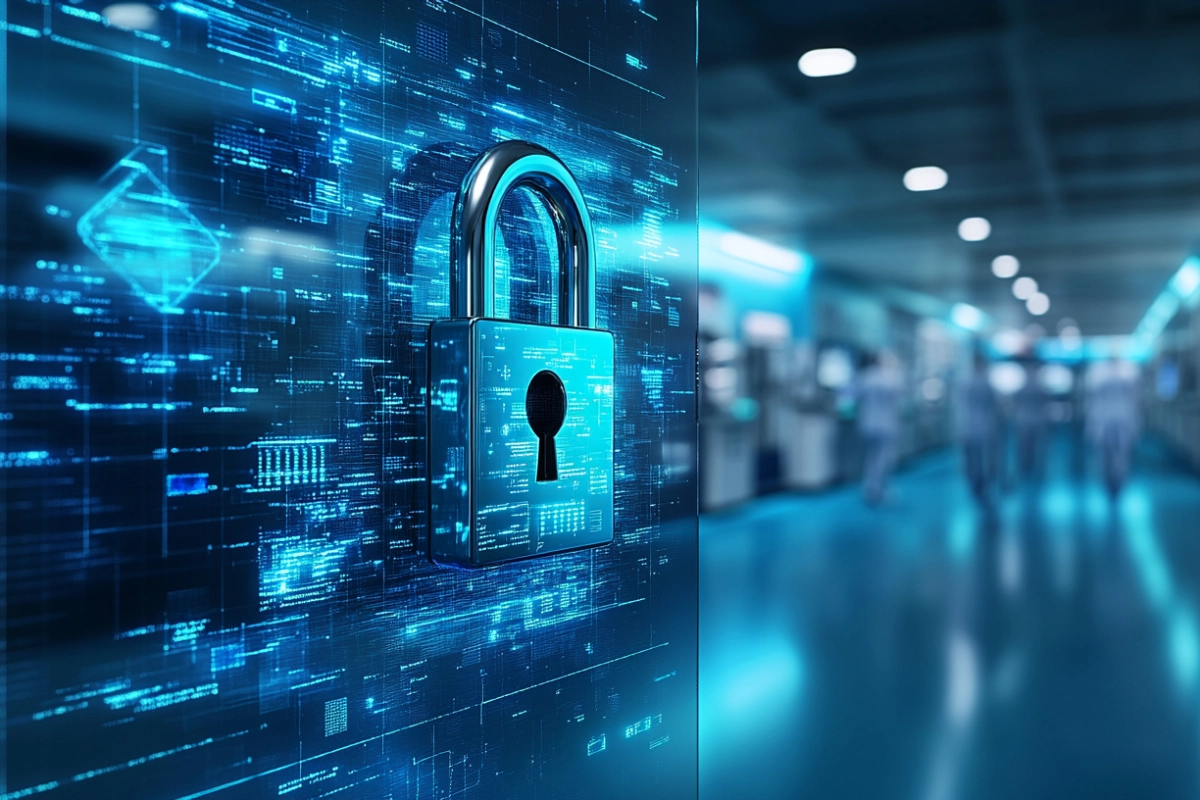Case study by Dr Muneebah Kara – Risk, Compliance and Environmental Consultant – Risk Evolves
At Risk Evolves, we understand businesses face an inherent amount of risk, from internal and external sources. For any business, it is fundamental to understand the consequences of the risk and take steps to stop or mitigate the impacts. At present, one of the greatest shared global threats the world is facing is Climate Change – and it is growing increasingly harder to ignore.
As an SME, Risk Evolves faces the same level of threat of climate change and therefore equal responsibility to both acknowledge and respond. It is with this in mind, that we chose to pursue a sustainability rating. Before we dive into the nitty-gritty of our journey – the number one question I get is “What is the difference between an ESG rating, CSR and a Sustainability Rating?”.
In a nutshell, CSR is the ideal and gives context about sustainability agendas and corporate responsibility culture. ESG is the action and measurable outcome. To simplify, CSR can be thought of as the qualitative side and ESG as the quantitative side. A Sustainability Rating, tries to merge the objectives of the CSR and ESG ratings.
EcoVadis is a Sustainability Ratings provider whose methodology of evaluation is based on several PAS and ISO standards. The question set is comprised of 80 questions which cover four key areas: Environmental Performance, Labour and Human Rights, Ethics and Sustainable procurement. At the end of the evaluation, you are given a score out of 100 which translates into four badges: Platinum, Gold, Silver, and Bronze.
The Process
We initially began our ESG ratings journey in late August 2021. The process was divided into 4 major milestones: (1) Discovery and calculation of Carbon Footprint, (2) coalition of evidence, (3) gap closing and (4) completion of the questionnaire. The calculation of our Carbon Footprint as a key milestone was slightly harder to baseline, due to the Covid-19 and the fact that Risk Evolves had moved offices 3 times in the same year. Once the carbon footprint was calculated, it was analysed using both emission intensity and emission source. The next step, coalition of evidence – was made partially easier due to our ISO certification – however, there were still gaps. The third milestone, closing the gaps which cost the largest chunk of time overall and lastly, the completion of the questionnaire and upload of the evidence, which took an entire day (with all the evidence prepared).
What we didn’t expect
One of the most surprising outcomes of the exercise is how much we do in terms of ‘give back’ which adds to our overall sustainability score. It also highlighted, how little of that we actually record.
Lessons Learned
There were several lessons learned during this process, most significant of which was the affirmation that ‘No-one starts with nothing’. As a consultant, I frequently conduct project scoping and kick-off meetings – and in 99% of cases, organisations underestimate how much compliance and governance they do as part of general business management and best-practice.
What we expect going forward
As with the ISO standards, EcoVadis requires an annual re-evaluation of performance against goals. As part of the submission, we determined our reduction targets but, not quite the method. One of the key focus areas for 2022 (as our first year with EcoVadis) is defining the reduction method and recording the effectiveness of those actions.







